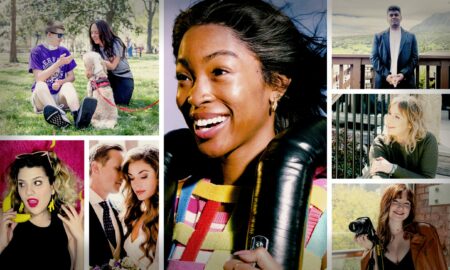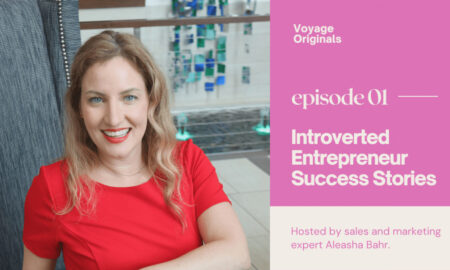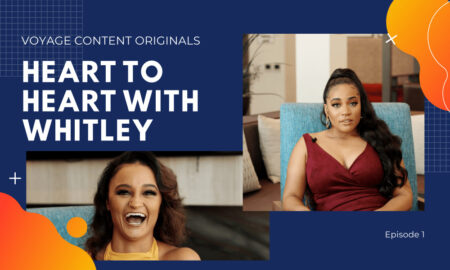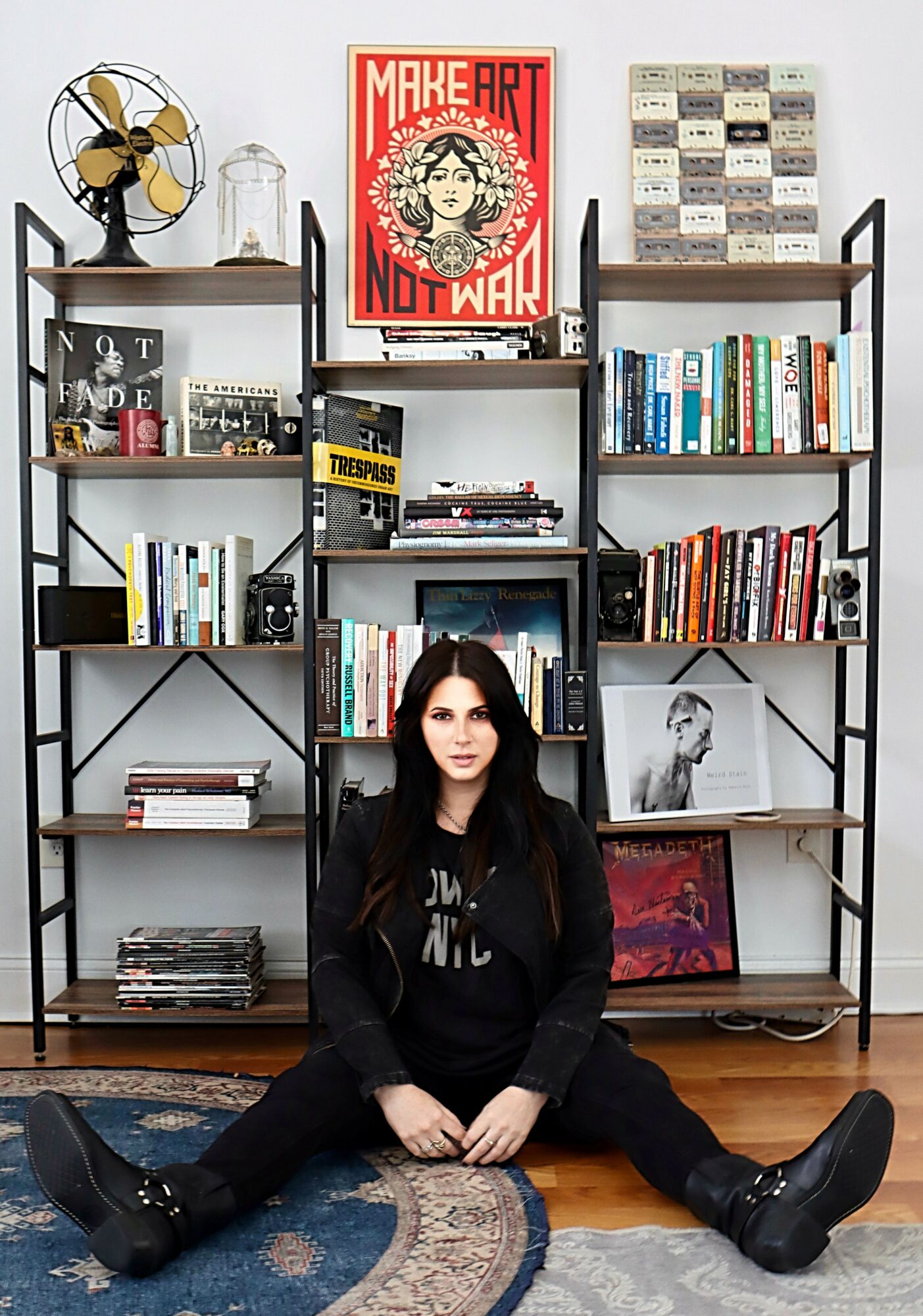

Today we’d like to introduce you to Rebecca Fain.
Hi Rebecca, we’re thrilled to have a chance to learn your story today. So, before we get into specifics, maybe you can briefly walk us through how you got to where you are today?
I have been locked into two worlds most of my life: art and psychology. These seem different but are very much intertwined. I was lucky enough to study photography for the summer before my junior year in high school at the Rhode Island School of Design and then to study psychology and photography together at Oxford University the summer before my senior year in high school. I was uncertain which I loved more, a theme that has played out throughout my life.
I started college at Boston University with the intent to get a degree in psychology, only to transfer the following year to RISD (Rhode Island School of Design) to get my degree in Fine Art, Photography. When I finished college, I was driven to prove to myself, my family, and maybe the world that I could find a meaningful career in photography, specifically in the editorial world of music magazines. I dreamed of working in the art department for a music publication such as Rolling Stone, Vibe, or Spin.
I started my career in 2000 as the personal assistant and production assistant for Mark Seliger, who then was the chief photographer at Rolling Stone Magazine. People ask me how I “got that job.” I can only say that whenever someone tells me I can’t do something, I am more driven to make it happen. I was interning at Time Out Magazine in NYC, so I pulled Mark’s name up in the Rolodex (I’m that old), and I just called and asked to be his intern. He needed a personal assistant and offered me a job. I was off and running. I tell many young adults I work with now to tune out any noise telling them something is impossible and to go after their goals.
I could go on for paragraphs about that experience assisting Mark Seliger and his producer, Ruth Levy. I liken that year to boot camp for the publishing and entertainment industry. Through that experience, I discovered a skill for photo production. I got swept up quickly, moving from one music publication to another just as the death of print media crept up (especially after 9/11 and again during the recession in 2008). I was hustling to work at magazines I loved, that weren’t about to fold, at a salary that allowed me to afford to live in NYC. I worked as an assistant photo editor at Vibe Magazine, then as photo director at Revolver Magazine (metal/hard rock), then as photo director at Inked Magazine, and finally as photo director at XXL Magazine (leaving there around 2011). Before exiting this part of my life, my last photo industry job was working as a photography agent representing many of the photographers I had been hiring to shoot for me over ten years while I was at the previously mentioned magazines.
During those years, I was also in therapy and always talked about this part of me that wanted to explore becoming a therapist, that wanted to leave NYC. Becoming a therapist didn’t seem feasible; the education, the time, the lack of time my career gave me to pursue a new career, the cost of living, the cost of school. I was also working on my mental health by attending Alanon meetings (a twelve-step program for friends and families of addicts and alcoholics). I enjoyed the meaning I felt leading those meetings and the depth of the relationships I formed. It was only after relocating to Savannah that I was able to take the time to figure out how to become a licensed counselor and turn that meaning into a second career. Another thing I tell the young adults I work with is that life is long and it’s okay to have multiple careers in that lifetime. It seemed daunting: graduate school, interning again, starting at the bottom again, especially in my late 30s. However, it turned out that the work felt meaningful enough that I could focus on moving forward to get to where I am now, having my private therapy practice and working with the clients I choose with my brand of unfiltered authenticity.
Like making art, being a therapist fir me, is about seeing people, meeting them where they are, and using my insight to help people find their meaning and purpose or to use what I say to help them find that insight.
I worked at the counseling center at Georgia Southern University and then at SCAD to hone my skills. I enjoyed working with artists of all sorts, and I have a good roster of clients in the art world because of my background and the different lives I’ve led.
My former career helped me with the hustle of building my therapy practice. As they say in Field of Dreams, “If you build it, they will come.”
Alright, so let’s dig a little deeper into the story – has it been an easy path overall and if not, what were the challenges you’ve had to overcome?
I believe that growth and success come from struggle, so I never shy away from a challenge if it can lead to something positive. The road is smoother now, mainly because I am doing what gives me a sense of purpose and doing it on my own terms. However, I always think about ways to keep hustling and pushing boundaries. Nothing will ever be as intense as the struggles of climbing the ladder in the publishing and photo industries while working with demanding celebrities and personalities. I have stories that could fill a book, which I hope to write one day – one of my goals.
As a therapist, the most challenging path I navigate is the socio-political landscape, how it impacts my clients, while also trying to set healthy boundaries for myself.
Great, so let’s talk business. Can you tell our readers more about what you do and what you think sets you apart from others?
I am a licensed professional counselor with a decade of experience, including five years working with college students at Georgia Southern University and The Savannah College of Art and Design (SCAD). Following that, I expanded to working for a psychiatric practice at Shrink Savannah, where I provided both more intensive long-term therapy and Ketamine-Assisted Therapy to a diverse range of clients.
My specialties include trauma, addiction, existential questioning, personality issues, mood issues, and relational issues. I take an integrative approach to doing therapy, utilizing various therapeutic modalities such as person-centered therapy, existential therapy, dialectical behavior therapy (DBT), and acceptance and commitment therapy (ACT). I tailor my approach to each client’s unique needs and preferences, ensuring they feel connected to the process. I like to focus on the client’s goals and values and how they align or don’t align with their current actions and behaviors. I help clients let go of shame around behaviors they wish to change, recognizing that these behaviors have often served a purpose for many years, even when painful. I am transparent and relatable, which are key aspects of my therapy practice and personality. I work on building a genuine connection that fosters trust and growth, where I believe most of the healing happens.
If I asked my clients what sets me apart from other therapists, they would probably say my authenticity, down-to-earth nature, and intuitiveness. They might also mention that I am an endless encyclopedia of hip-hop and metal music knowledge. Before becoming a therapist, I spent years working in the high-pressure publishing industry, an experience that provided me with valuable insight, resilience, and the ability to connect with people from diverse backgrounds. This life experience also makes it hard for me to be shocked or judgmental and allows me to hold space with clients during times of crisis. Not much can shake me.
I’m most proud of the transformations I witness as a therapist: clients becoming more aligned with their core values, attuned to their higher selves, and aware of how trauma or historical memories impact their current core beliefs. We hold onto these historical narratives and don’t need to allow those stories to define who we are. Understanding, believing, and experiencing the awareness that we can all rewrite our “stories” is a powerful thing to witness. I’ve worked to rewrite my story repeatedly, and I will probably always be working on my story.
Is there anyone you’d like to thank or give credit to?
Throughout my life, I have been fortunate to have many mentors and guides who have played a crucial role in my success—even in simply navigating life.
At the Rhode Island School of Design, my professor, the late Gary Metz, was instrumental in helping me build the confidence to take the photographs I envisioned to tell the story I needed to tell, even when these photographs were provocative. He also guided me in understanding the deeper meaning behind my work and the psychology of my work. I distinctly remember our final meeting before my graduation. His final words were: “I haven’t said this before, but just be careful.” He acknowledged my inclination to encounter risky situations and face difficulties with setting boundaries. I needed to hear that.
After college, my time working with Mark Seliger was intense and emotional, but he and his producer, Ruth Levy, were very influential. They showed me the dedication required to become a top-tier photographer or photo producer. My work with them and the celebrities I was surrounded by helped me learn that there was nothing I couldn’t achieve if I pursued it with determination and asked questions.
Later, while at Vibe Magazine, I worked under the late legendary Picture Editor George Pitts. George was a significant influence, not only for his keen artistic vision but also for his ability to navigate different personalities with ease. His faith in my talent and work ethic provided the validation I needed at that early career stage. My friend and colleague, Greg Gary, was also a significant inspiration and guide. Greg and I shared a tiny office at a shelter magazine where we produced expensive shoots of celebrity homes. Greg’s charismatic attitude showed me that I could stay true to myself and still achieve success.
In my work as a counselor, I’ve had incredible mentors. Dr. Allen Delaney, my professor and supervisor at South University, along with Dr. Jodie Caldwell, the Director of Georgia Southern’s Counseling Center, and Dr. Chris Corbett, the Director of SCAD’s Counseling Center (during my time there), have all been sources of inspiration. I continue to look to them for guidance and strive to emulate their professionalism, ethics, compassion, and ability to navigate complex work cultures and systems.
I’ve realized that having a mentor is a big key to success.
Over the years, I have also prioritized mentoring people in both of my careers, giving back what was given to me to the best of my ability. Mentoring is fulfilling and promotes mutual growth. Some photographers I’ve worked with over the years now refer to me as someone who helped shape their careers, which is deeply rewarding. Likewise, as a counselor, receiving an email or letter from a former client expressing their gratitude is one of my career’s most meaningful and fulfilling experiences. These moments keep me going, especially during times of burnout or self-doubt. I encourage my clients to seek out people doing what they aspire to do, ask questions, and remain curious.
Contact Info:
- Website: https://rebeccafaintherapy.com/
- Instagram: @mercyful_shrink
- LinkedIn: https://linkedin.com/in/rebecca-fain-lpc
- Other: https://open.spotify.com/episode/0R8PeOhmdfmAv1h9l11tJZ?si=MjJfH_KMTjOIaCZnChqLRg
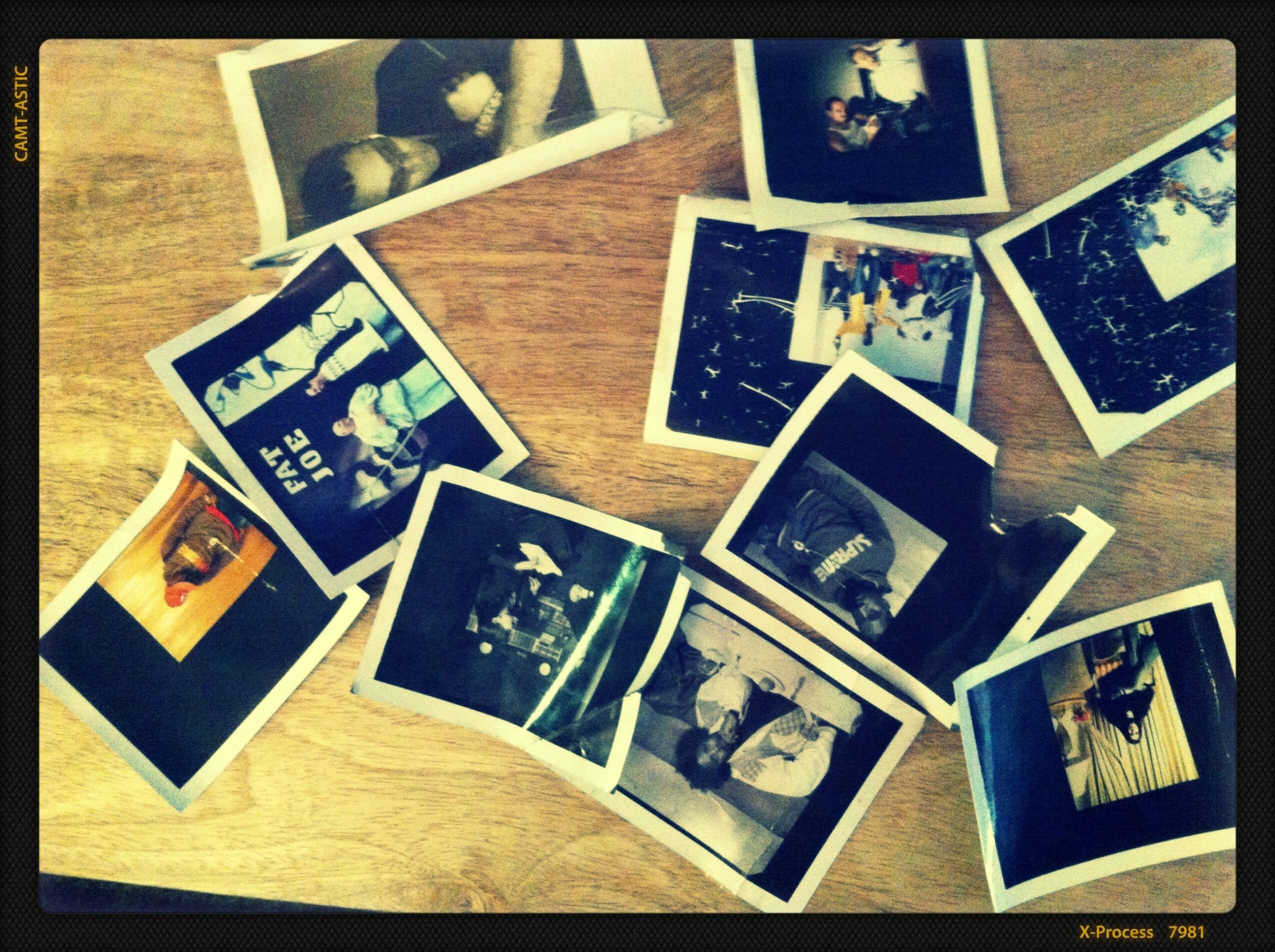
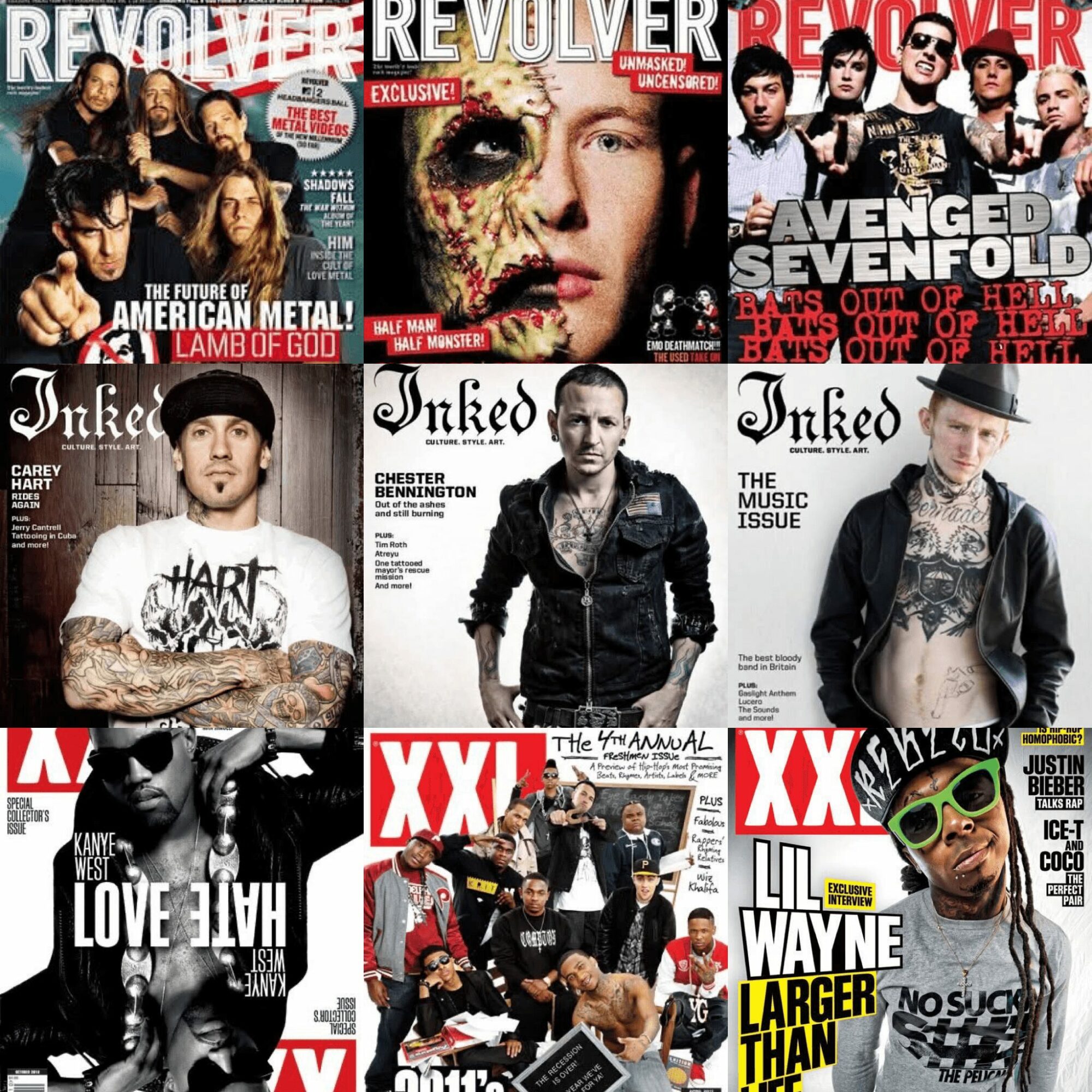
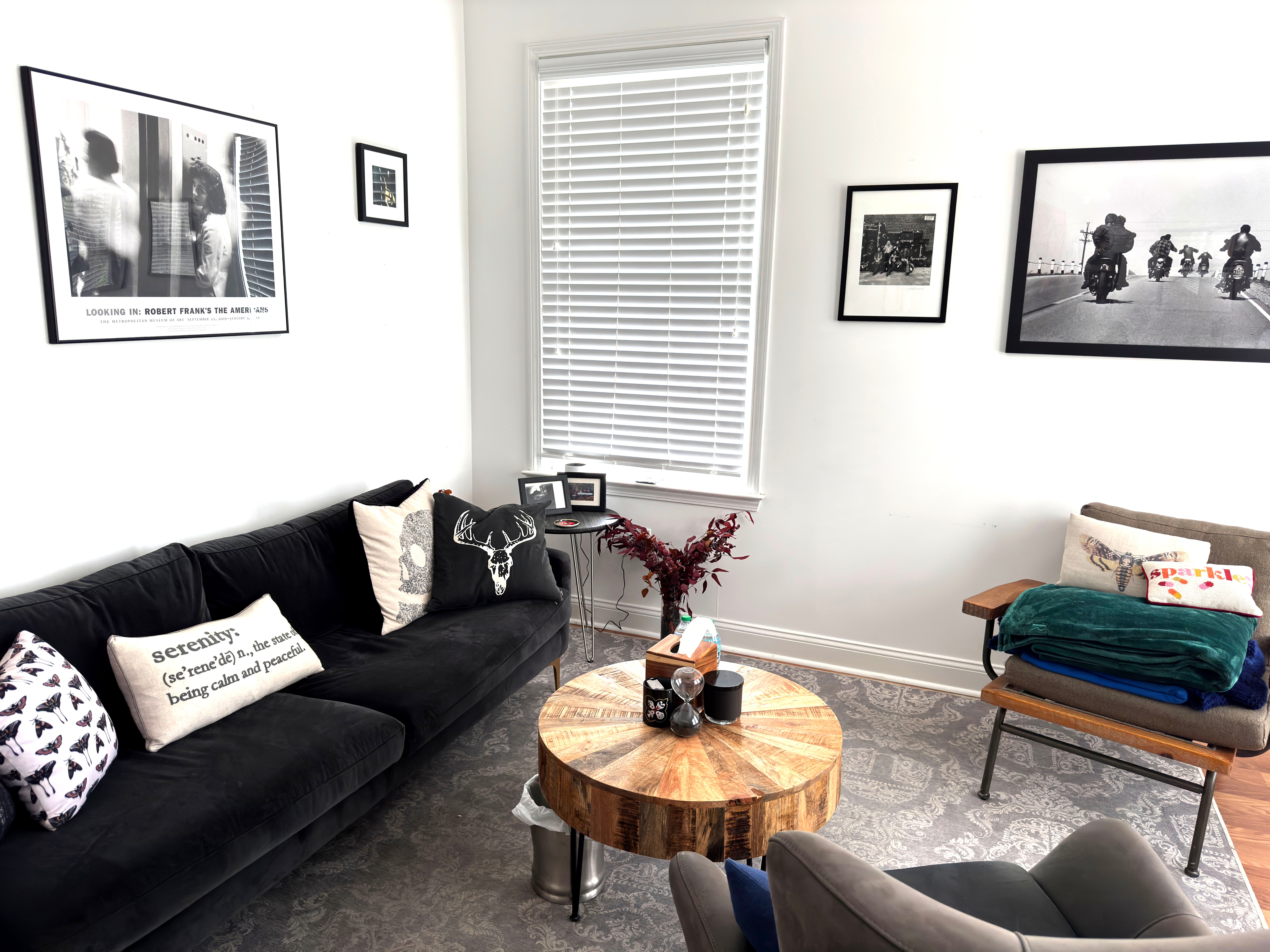
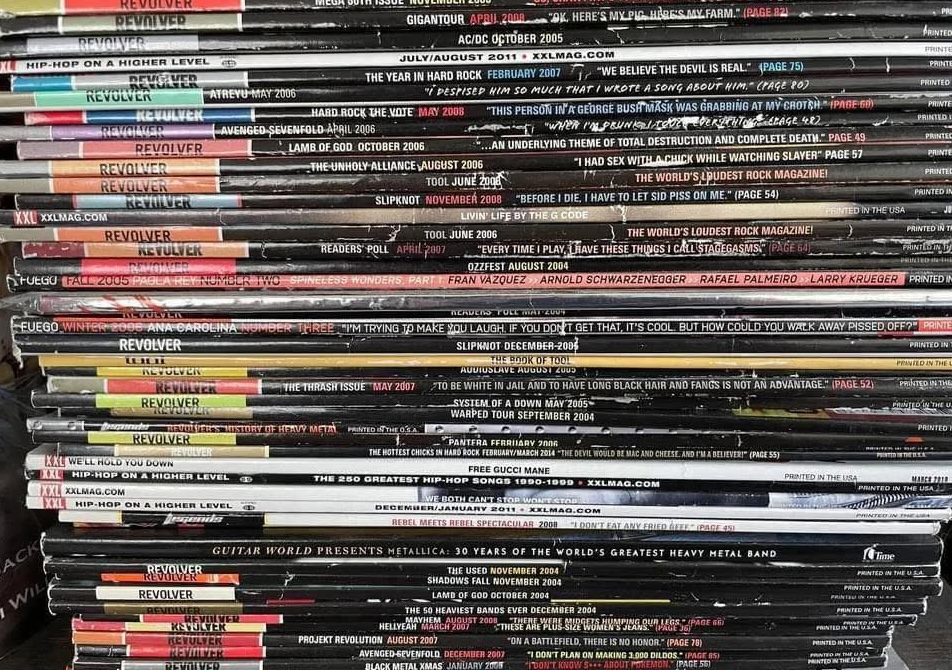
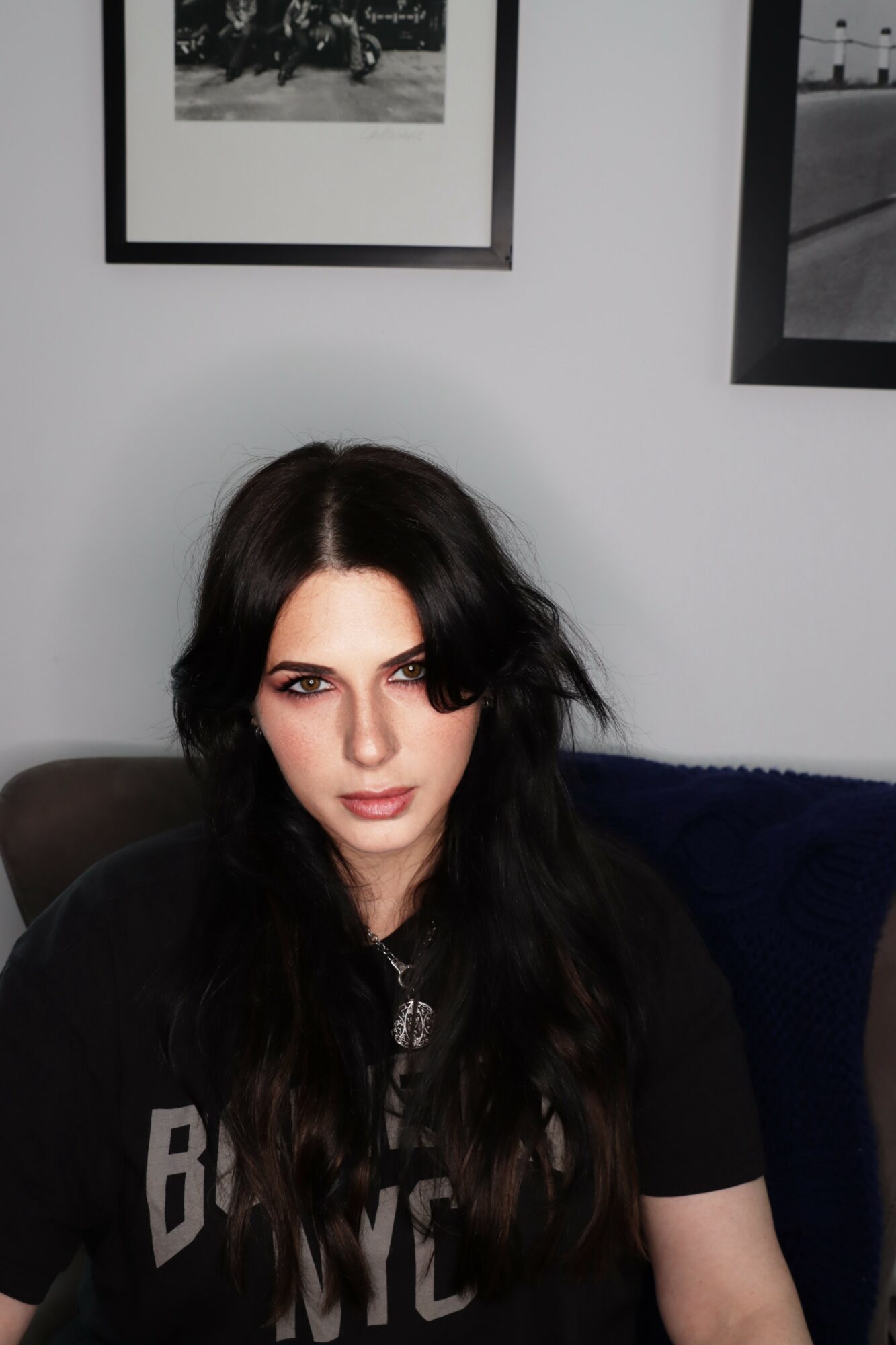
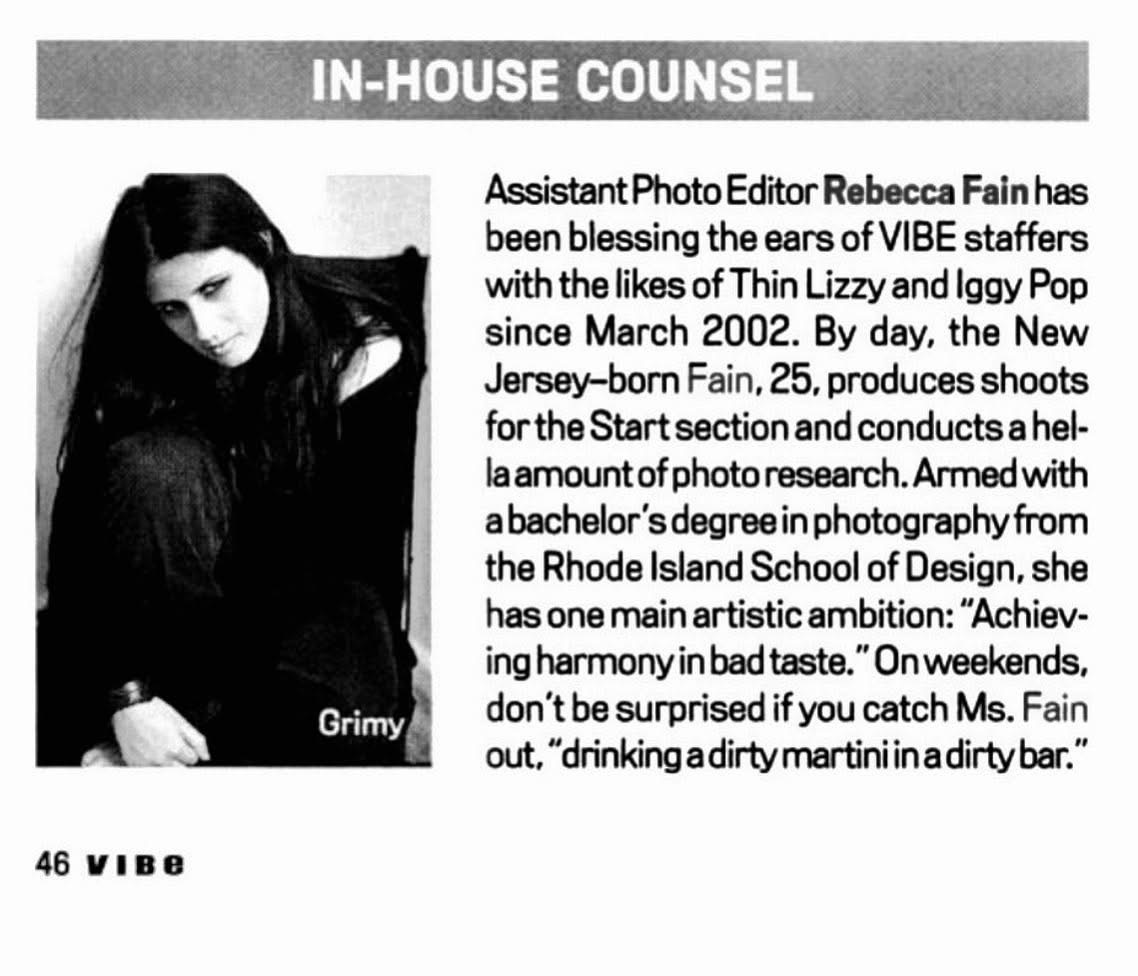
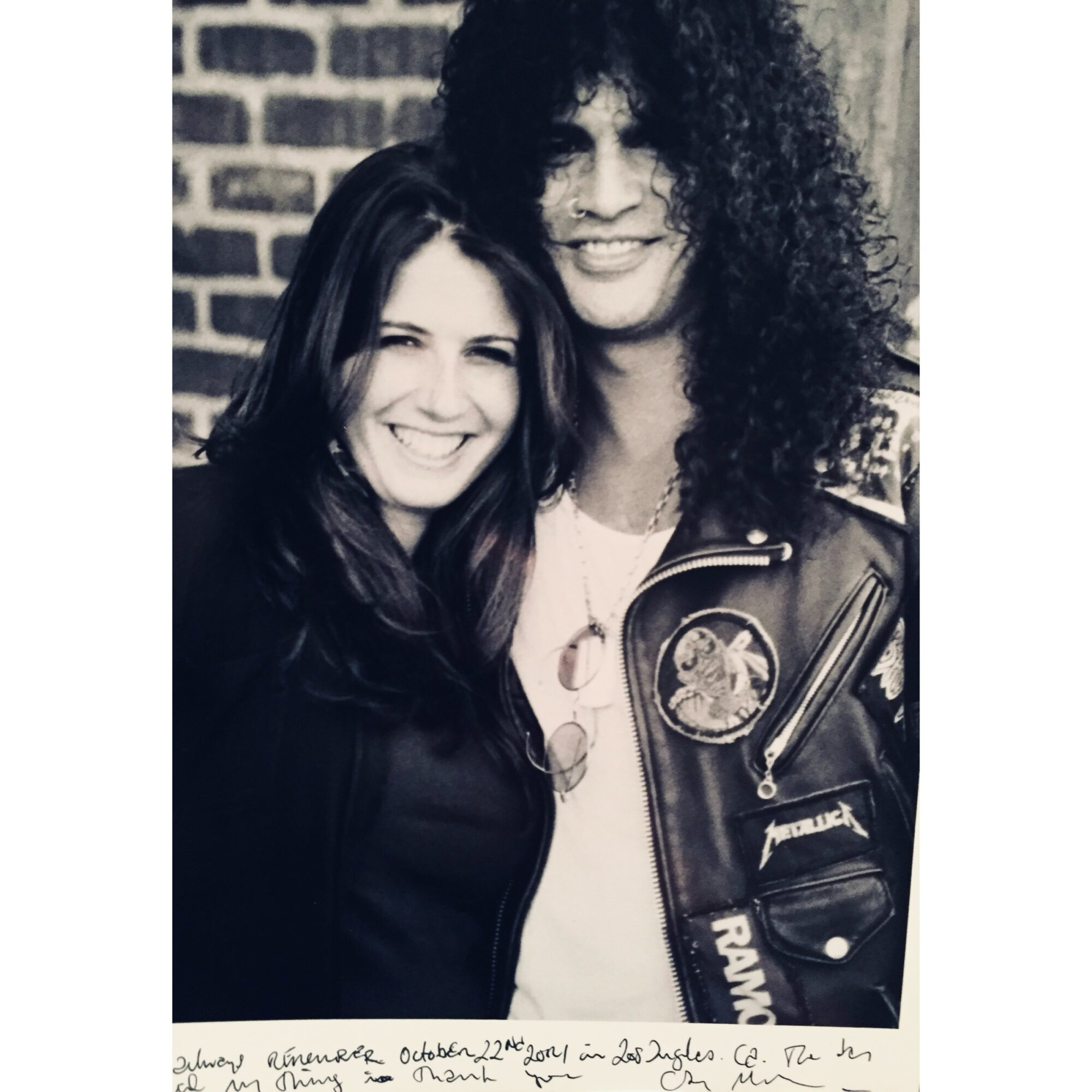
Image Credits
Main/Personal photo of me in my office by Matthew Pozorski
Me with Slash by Clay Patrick McBride

